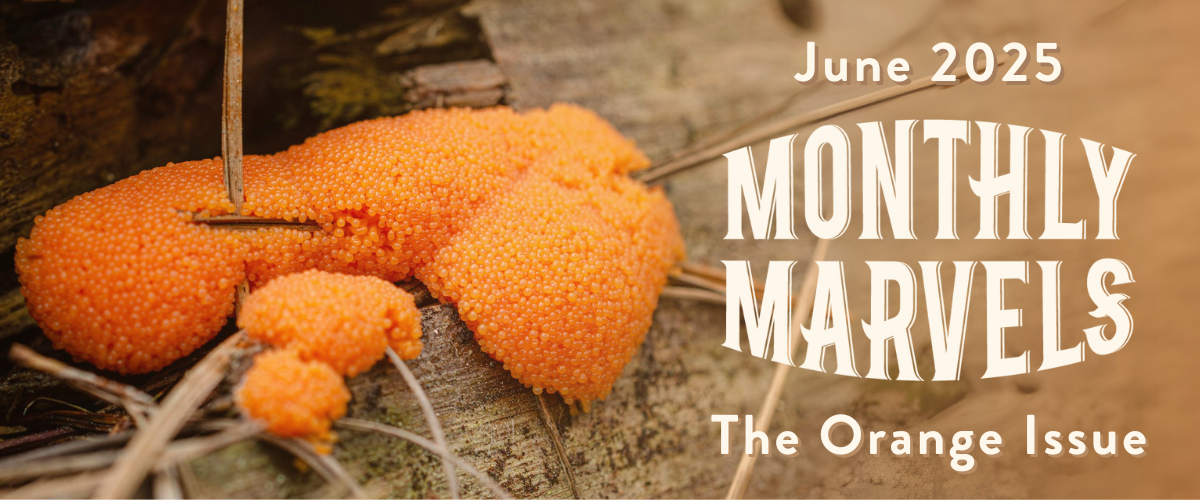What summertime wonders does the color orange bring to mind? We’re exploring the many forms that orange takes throughout the Seashore as late June welcomes the summer season. Orange is a powerful tool for interspecies communication—a cross-species invitation to connect…or to stay away. It appears on feathers, petals, rocks, and hair; it hides deep underwater and shines high above in the sky. From the Pacific velvet ant’s golden mane to the ochre glow of Mars, June’s orange marvels are a celebration of Point Reyes’ summertime vibrancy.
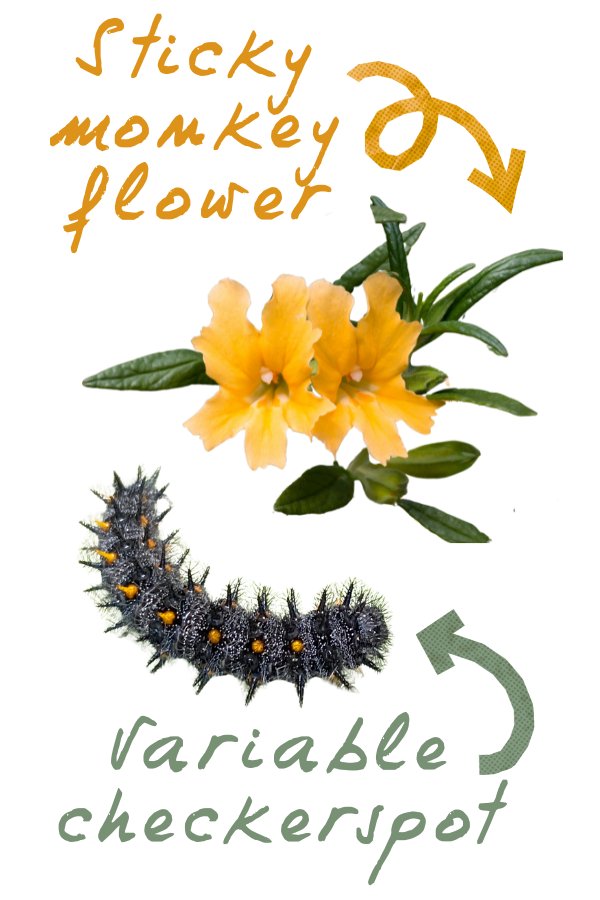
Sticky Monkeyflowers & Checkerspot Caterpillars
This June, sticky monkeyflower is flourishing around the Seashore, blanketing hillsides with vibrant orange. While the bright color attracts hummingbirds and other pollinators, the plant also has strategies to ward off unwanted visitors. If you touch one of the leaves, you’ll feel the monkeyflower’s hairy underside and a sticky resin, a clever adaptation designed to conserve water and deter hungry insects. However, one orange-dotted caterpillar—the variable checkerspot—is not dissuaded, and feeds heavily on the plant. Just as the monkeyflowers’ stickiness serves as self-defense, the caterpillars’ orange markings ward away curious predators, serving as a warning of their unpleasant taste. Sticky monkeyflower and the butterflies’ other host plants bolster the butterfly with catalpol, a chemical compound which makes them unsavory to many avian predators.
See sticky monkeyflower blooming around the Seashore, such as along Palomarin Trail.
A Hairy Warning
At first impression, the pacific velvet ant’s name makes it seem like the insect is trying to go undercover…it’s actually a wasp! However, it turns out that these hairy insects are quite honest; their bright orange-red coloration makes up for their deceiving name and sends a clear warning…do not eat me! Through negative experience with other species flaunting shades of orange and black (such as our ill-tasting friend, the variable checkerspot caterpillar), predators learn to avoid others that have the same coloration, such as the velvet ant.
If this fiery message doesn’t get across, female velvet ants (who are also wingless) can deliver a nasty, venomous sting—so painful that the ants are exaggeratedly nicknamed “cow killers.” Unlike honey bees, who die after stinging, these insects can inflict their prick multiple times.
You might see a velvet ant crawling along one of the Seashore’s hiking trails…hopefully their orange-black coloration wards you away, too!
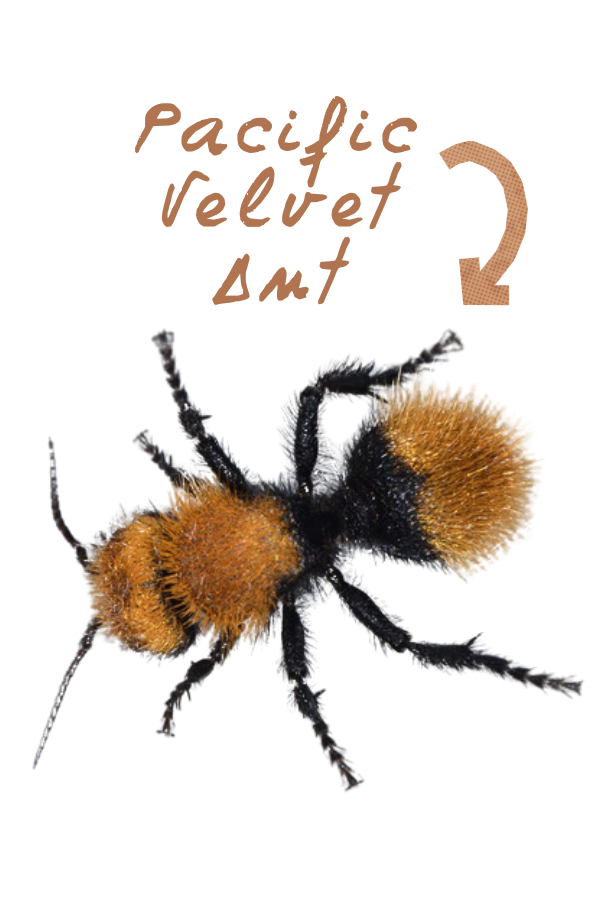
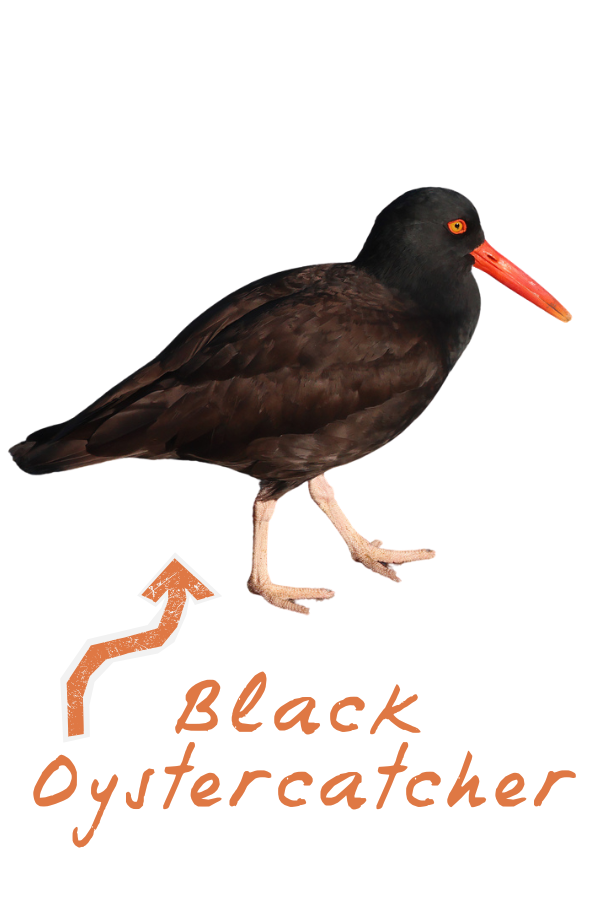
Brilliant Beaks
This June, look out for black oystercatchers using their long, orange-red beak to expertly pry open limpets and mussels, crabs, and snails. June is the birds’ nesting season; they carefully remove the soft-bodied parts of their prey for their hungry chicks waiting nearby. The chicks, however, have dark-tipped beaks. Though there is not much research about the oystercatchers’ glowing bill color, one hypothesis points to the abundance of carotenoids in the oystercatchers’ marine diets. Carotenoids—a naturally occurring pigment—are also responsible for the orange of carrots, the pink of flamingos, the red color of salmon, and the warm tones of autumn foliage.
Spot oystercatchers foraging in intertidal zones along the Point Reyes coastline, such as Kehoe Beach or McClure’s Beach.
Look to the Western Skies
Throughout June, for a couple of hours after sunset each night, look west to see orange-hued Mars. The planet is coated with dust and soil containing iron oxide, illuminating it with a rusty orange-red color, which curious stargazers can spot in Point Reyes’ dark night skies with the naked eye. Mars and Regulus—the “Heart of the Lion” star—are passing close by to one another this month.
DarkSky West Marin hosts a monthly stargaze at the Giacomini Wetlands each new moon, led by Astronomer Don Jolley. Since the date and time of each month’s sessions are subject to weather, they are confirmed day-of through a message posted to the site. On a computer, look for Don’s updates on the right hand side of the home page, and on a phone scroll to the bottom of the home page to see the updates. The tentative date for this month’s stargazing is the evening of Saturday, June 21st.
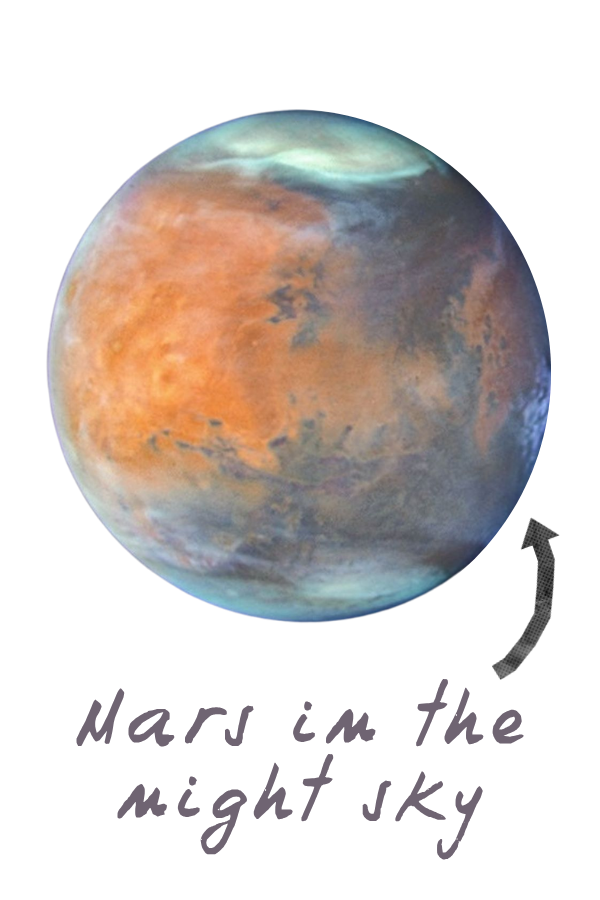
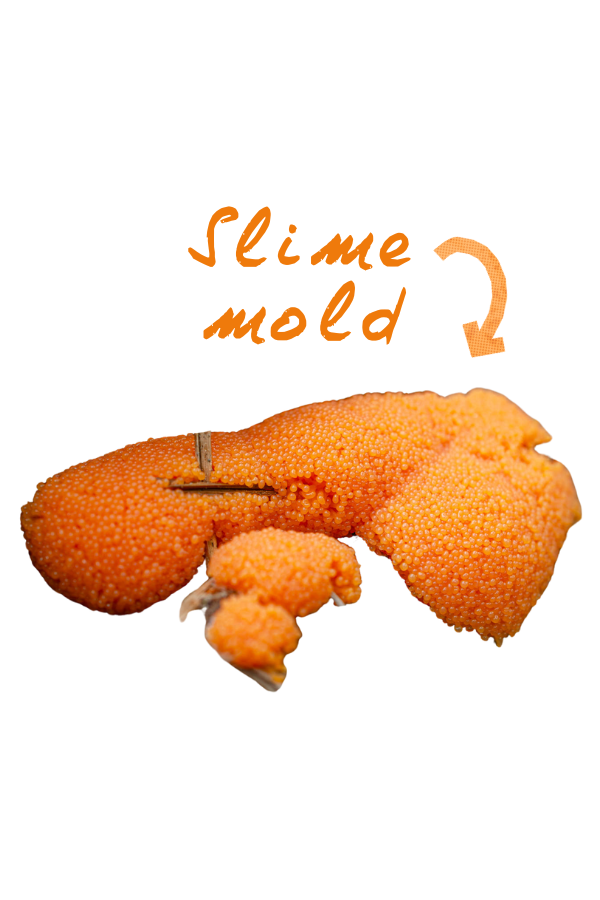
Brainy (Brainless) Slime Mold
Pop quiz! Is the substance pictured…(A) fish eggs, (B) dog vomit, or (C) slime mold?
If you answered slime mold, you have something in common with these incredibly smart organisms! These multicolored organisms—which are orange, yellow, white, or even purple—are incredibly smart, despite not having a brain. They can smell food, “remember” where they’ve been, and teach their slimy friends what they’ve learned. Some species of slime mold are even able to determine the most efficient travel route to their favorite foods…which in a laboratory setting, happens to be oat flakes.
Researchers arranged clusters of oat flakes to mimic a map of Japanese cities surrounding Tokyo, placing a species of yellow slime mold (Physarum polycephalum) in the center—the location where Tokyo would be on a map. The slime mold created a pathway that looked strikingly similar to the carefully-planned and optimized Tokyo rail system.
Keep an eye out for various species of these otherworldly organisms growing on rotting wood and decaying forest litter around Point Reyes throughout the year, such as on Estero Trail.
Photo Credits: Variable checkerspot – Beth Wurzburg via iNaturalist; Sticky Monkeyflower – Getty Images; Velvet ant – Don Loarie via iNaturalist; Black Oystercatcher – Ad Konings via iNaturalist; Mars – NASA, ESA, STScI; Image Processing: Joseph DePasquale (STScI); Slime Mold – Avani Fachon

